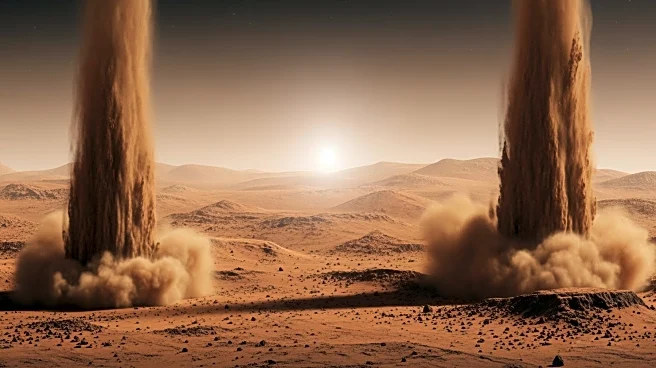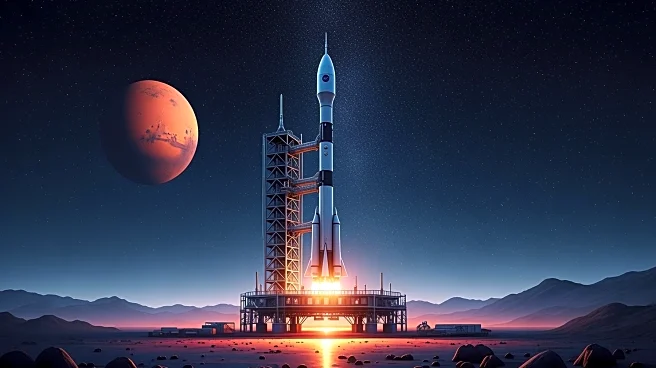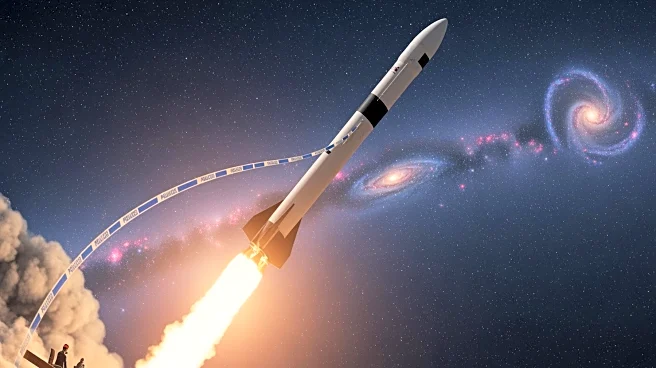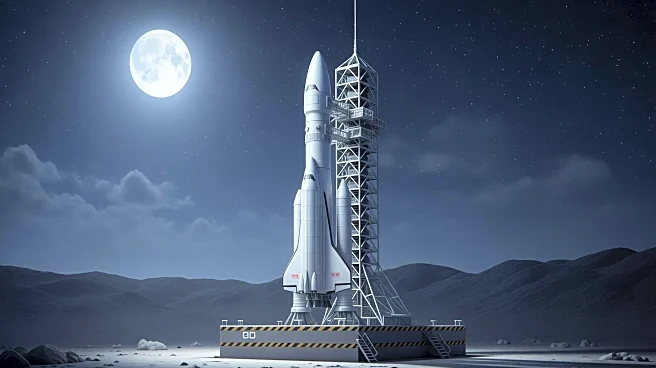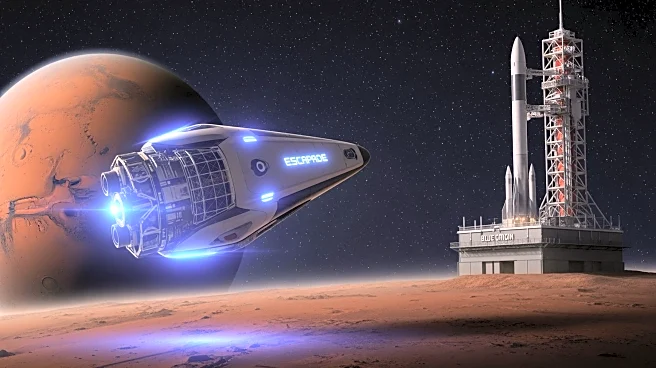What's Happening?
The European Space Agency's ExoMars Trace Gas Orbiter captured images of dust avalanches on Mars, resembling barcode patterns on the slopes of Apollinaris Mons. These avalanches were triggered by a meteoroid
impact, which caused fine grains to cascade downslope. The study, led by Valentin Bickel from the University of Bern, analyzed over 2 million slope streaks across 90,000 orbital images, revealing that most streaks are caused by seasonal changes rather than meteoroid impacts. The findings highlight the role of these streaks in Mars' dust cycle, contributing significantly to the planet's climate system.
Why It's Important?
Understanding the formation and impact of dust avalanches on Mars is crucial for comprehending the planet's climate system and dust cycle. These avalanches contribute to the movement of dust, rivaling the effects of global dust storms. The research provides insights into the seasonal patterns of dust movement, which can inform future Mars exploration missions and climate studies. The study also identifies key geographical hotspots for slope streaks, offering valuable data for scientists studying Martian geography and atmospheric conditions.
What's Next?
The research could lead to improved models of Mars' climate system and dust cycle, aiding future exploration missions. Scientists may focus on capturing real-time images of streak formation during Mars' dustiest seasons to better understand the conditions that lead to these avalanches. The findings may also influence the design of future Mars missions, ensuring they account for the impact of dust movement on equipment and operations.
Beyond the Headlines
The study highlights the importance of using advanced algorithms and extensive image databases to analyze planetary phenomena. It underscores the need for continuous monitoring of Mars' surface to capture dynamic changes and improve our understanding of extraterrestrial environments. The research also emphasizes the significance of international collaboration in space exploration, as data from multiple space agencies contribute to comprehensive studies.
